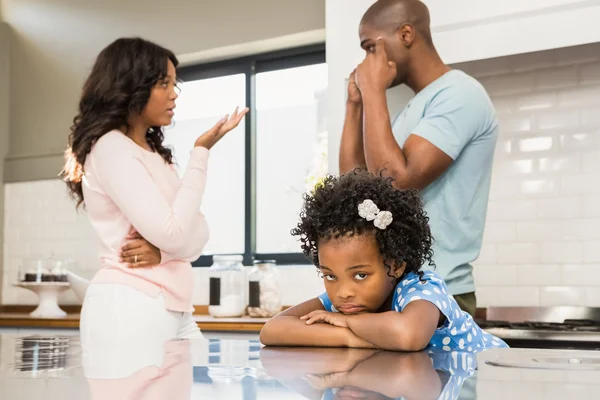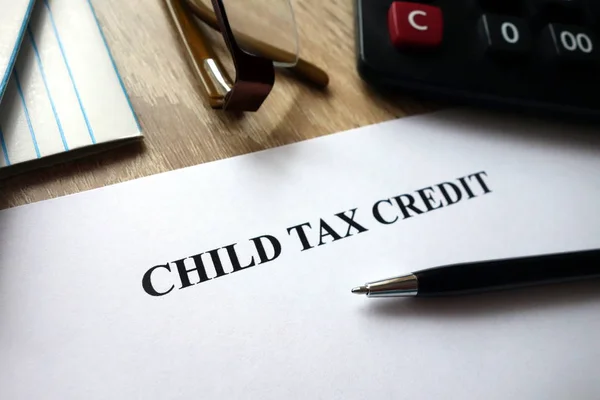
It’s an old narrative that’s been around for decades if Black children just grew up in two-parent homes, there would be racial equality. Christina Cross’s work in Inherited Inequality, however, turns that narrative on its head, revealing that even in “ideal” family arrangements, the educational, job market, and economic disparities between Black and white youth persist insistently. Her research, supported by national data and historical perspective, shows the two-parent family to be anything but the great leveler it’s been portrayed to be.

1. The Enduring Divides in Education and Work
Cross discovered Black kids in two-parent households were twice to four times more likely to be expelled or suspended than white counterparts in like households. When it came to college, there was a 25-point gap in enrollment rates, and by their mid-20s, Black young adults from two-parent families were three times more likely to be unemployed than white counterparts. These disparities mirror findings from other studies showing that while two-parent families confer benefits, they don’t erase the structural barriers that shape life outcomes.

2. The Family Resource Perspective’s Blind Spot
The prevailing Family Resource Orientation takes the premise that more parents equal more money, time, and security. But Cross’s statistics reveal that Black two-parent households enjoy only 60 percent of white two-parent families’ income and 25 percent of white two-parent families’ wealth. This unequal allocation of resources translates into even when Black children have two parents, they frequently don’t have the economic cushion to enjoy access to high-level schools, safe communities, and other privileges affluent families take for granted.

3. Historical Origins of the Marriage Myth
The notion that marriage could cure racial inequality was first proposed in the 1965 Moynihan Report, which identified single Black mothers as the cause of ongoing poverty. That myth influenced welfare reform and marriage promotion policy for decades, inserting into the public discourse the idea that family structure, rather than structural racism, was responsible for most inequality. Cross’s work, and critical intersectional scholarship, places this myth within a larger historical context of structural racism and heteropatriarchy, demonstrating how policy and culture have maintained white, male-headed nuclear families as the gold standard while excluding other forms.

4. The Cost of Marriage Promotion Policies
Federal programs like TANF spend $250–$400 million annually promoting marriage, diverting funds from direct supports like childcare subsidies or education grants. As Jennifer Randles’ research on marriage education programs reveals, these initiatives often ignore the economic realities that make marriage less attainable for low-income couples, focusing instead on “relationship skills” without addressing systemic inequities.

5. Wealth Inequality Across Family Structures
The racial wealth gap runs so deep that even white single-parent households have more assets than Black two-parent households. A median single-parent white household in 2013 had $35,800 in assets, versus $16,000 for the median two-parent Black household. This extreme disparity illustrates that family structure by itself cannot reverse centuries of disqualifying people of color from accumulating wealth through means such as homeownership and intergenerational transfer.

6. Policy Alternatives That Work
Data from the 2021 expanded Child Tax Credit demonstrate how direct cash assistance can close racial gaps in income. The credit lowered poverty levels among Black households in the South by almost 40 percent, with the greatest increases at the 10th and 25th percentiles of income. By fully refunding the credit and opening it to families who were excluded before, it remedied resource inequalities more successfully than ever marriage promotion has.

7. Embracing Diverse Family Ecologies
Black families are likely to reside in extended or multigenerational households, forms that can offer strong support systems. But policies such as family leave typically restrict benefits to members of nuclear families, excluding caregivers for grandparents, siblings, or cousins. Cross’s Diverse Family Ecology model asks us to affirm these formations and design policies that strengthen them instead of requiring conformity to a single model.

8. Altering the Narrative
Moving beyond the marriage-as-panacea ideology takes both cultural and structural transformation. Culturally, it entails deconstructing the residual Moynihan-era assumption of blame about Black family structures. Structurally, it entails spending on policies that most directly decrease inequality such as increased tax credits, fair access to quality education, and protection from labor market discrimination. As Cross points out, “If we don’t have equal inputs, we cannot expect equal outcomes.”

The proof is evident two-parent households may provide stability, but they cannot, by themselves, eliminate the systemic drivers of racial inequality. The way ahead is to reimagine policy priorities, highlight diverse family strengths, and challenge the structural impediments that remain in place regardless of how many parents there are in the household.


